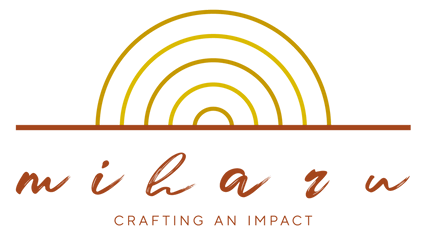For over a decade, Miharu has worked closely with the age-old tradition of Dhokra craft, bringing its intricate details and cultural depth into the world of modern handcrafted jewelry. We’ve seen countless pieces take shape—each one molded with care, creativity, and legacy. But recently, we stepped into something truly special: our very first Dhokra jewelry workshop.

This wasn’t just about showcasing our process. It was about inviting people into the heart of heritage craftsmanship—to the very beginning, where designs are first imagined and formed in wax.

While many know Dhokra for its distinctive brass finish and tribal charm, the magic starts much earlier. Long before the metal is cast, strands of wax are shaped entirely by hand. Every twist, curve, and motif is sculpted with skill and intention. This is the lost-wax casting technique, a process that dates back 4000 years—and one we proudly carry forward today.

At our workshop, participants of all ages experienced this process firsthand. With guidance from a designer and a master artisan, they learned how to shape wax into traditional and contemporary forms. It was incredible to watch them go from curious observers to confident creators—experiencing the joy of connecting with a tradition that’s both ancient and alive.

Until now, Miharu has mostly lived online and in stores. This workshop allowed us to engage directly with people who admire our work—and offer them something far deeper than a product. We offered them a glimpse of the heritage, effort, and artistry that go into every piece of Miharu’s handcrafted jewelry.

Because we believe traditional crafts shouldn’t just be admired from afar. They should be experienced, understood, and felt.
At Miharu, our mission has always been to craft impact—not just through what we create, but through how we share it. And this workshop reminded us why that matters.
If you’ve ever wanted to connect with tradition in a hands-on, meaningful way, we invite you to follow our journey. Who knows? Maybe the next strand of wax shaped into heritage could start with your hands.

